If you are asked for, “What are organic compounds?” or to define organic compounds in archetypical form, these are entirely the carbon atoms as their central element or backbone are associated with non-metal elements.
The carbon atoms are linked with other atoms through covalent bonds and the most common elements forming associations with the carbon backbone include hydrogen, oxygen, and nitrogen.
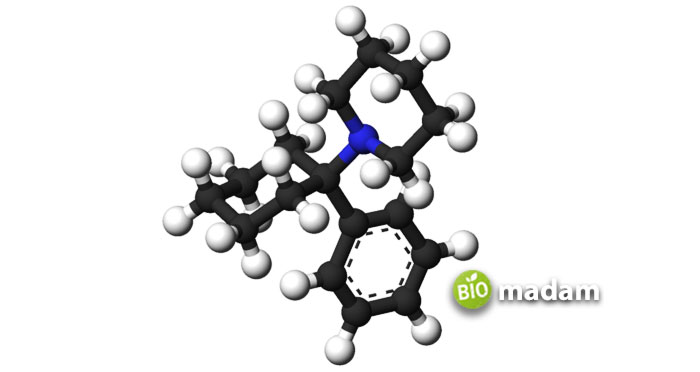
There are a few exceptions of carbon-containing compounds which are not classified in the category of organic compounds. These examples include cyanides (compounds containing C≡N group), carbides (compounds composed of carbon and metal mixtures), and carbonates (compounds characterized by the presence of carbonate ions CO32-).
As organic compounds are helpful in our daily lives, from living beings to our non-living surroundings, their importance is unmatchable, thus making it difficult to describe their importance comprehensively. Anyhow, let us take a look at the major important roles of organic compounds in different circumstances.
Essential to Functioning of Living Beings
Organic compounds constitute the building blocks of living organisms. Various metabolic processes ranging from keeping us alive to maintaining our lives generally involve organic compounds’ essential and active participation. Four major types are found in living systems: carbohydrates, proteins, lipids, and nucleic acids. Let us dive a little deeper into their individual importance.
Carbohydrates
Carbohydrates are a major source of energy for a living body. These molecules are primarily made up of carbon, hydrogen, and oxygen atoms, with the ratio of hydrogen to oxygen being the same as present in water molecules, i.e., 2:1.
Besides energy sources, some carbohydrates are also involved in providing structural integrity.
The simplest of carbohydrates are known as monosaccharides, as they consist of a single molecule of carbohydrates. An example is a glucose which is the main energy source and fuel for all organisms.

While unicellular organisms directly utilize glucose, it is present in dissolved form in the body fluids from where cells can take it up and use it in multicellular organisms.
Disaccharides and polysaccharides are carbohydrates containing two or more two carbohydrate molecules in them, respectively. The important disaccharides found in living beings are sucrose and lactose. Sucrose is the table sugar, and lactose is the major sugar component of milk and dairy products.

Among the polysaccharides, the most important is starch, formed by linking thousands of glucose molecules together. It is the major form in which carbohydrates are stored to be used as energy when required.
Lipids
They are organic molecules or heterogeneous compounds that are composed of carbon-hydrogen, and oxygen. These are similar to carbohydrates, except that the hydrogen and oxygen contents in lipids are much higher than the carbohydrates.
They also serve as energy reservoirs in living organisms, and typical examples include fats, oils, waxes, and steroids
Fats are stored in small droplets in special cells called adipose cells in animals and serve as energy stores, as mentioned earlier. Upon need, these fat molecules are broken down to release the energy needed for the cell.
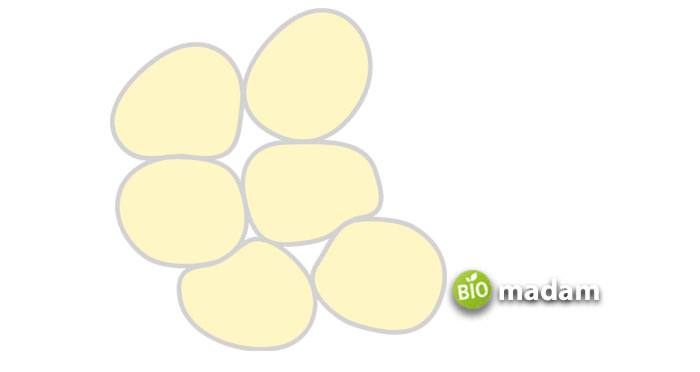
Their breakdown provides much more energy than the metabolism of an equal amount of carbohydrates. In plants, they are present in the seeds mostly where also they are utilized as energy sources for the germination of seeds.
Apart from being a source, lipids are also major structural components of the cell membranes of plants, animals, and other organisms, be they unicellular or multicellular. Furthermore, lipid molecules are also involved in cellular signaling processes as essential structural components of the cell membranes.
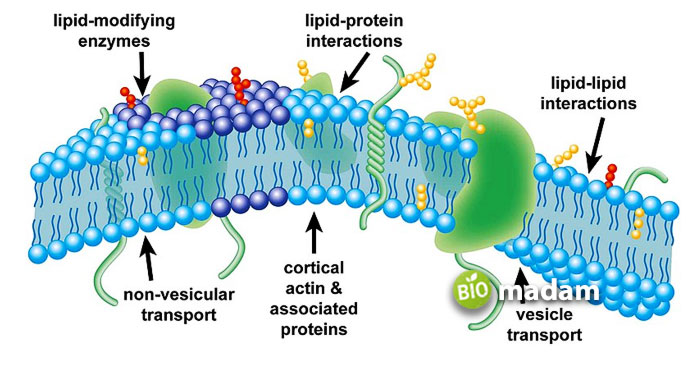
Steroid hormones play an important role in the maintenance of the homeostasis of the body. They also belong to a class of lipid molecules.
Besides homeostasis, other important functions associated with lipid hormones include regulating various important cellular processes such as cell death, immune system regulation, development and functioning of reproductive systems, and stress responses.
Proteins
Proteins are the most complex of the various types of organic molecules. The individual building blocks of proteins are known as amino acids, of which there are 20 types most common in living beings. These amino acids contain carbon, hydrogen, oxygen, and nitrogen atoms as their core components. Globular and fibrous proteins make up many of the functional and structural components of the body

Like lipids, the most important function of proteins is in forming cell membranes as essential structural and building blocks. As parts of the cell membrane, they are also involved in various signaling processes of the cell.
The existence of all living beings depends on proteins. Besides being structural parts of the membranes, proteins are also suspended in the cytoplasm of the cells, thereby performing their respective vital roles ranging from cell growth and survival to cell death. Also, proteins serve as strengthening and supporting materials in the tissues, e.g., bones, muscles, cartilage, and tendons; all are composed of different types of proteins.
Another important form of proteins is enzymes that are the forms of catalysts to speed up specific chemical reactions inside the cells. Enzymes are reused after completing a reaction and thus speed the chemical reactions up.
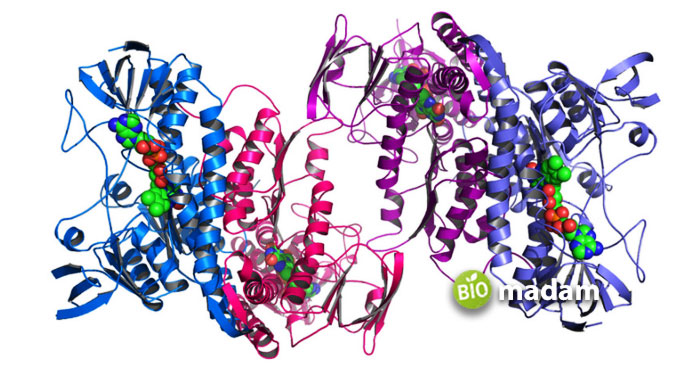
Moreover, proteins also serve as energy sources for the body. After carbohydrates are utilized, the body’s metabolism shifts towards proteins’ utilization, and lastly, lipid metabolism starts. Proteins typically provide more energy than carbohydrates and nucleic acids, but less than lipids.
Nucleic Acids
Nucleic acids are complex organic molecules composed of a carbohydrate ring, a nitrogen-containing molecule (nitrogenous base), and a phosphate group. Like proteins, nucleic acids are also complex and large molecules.
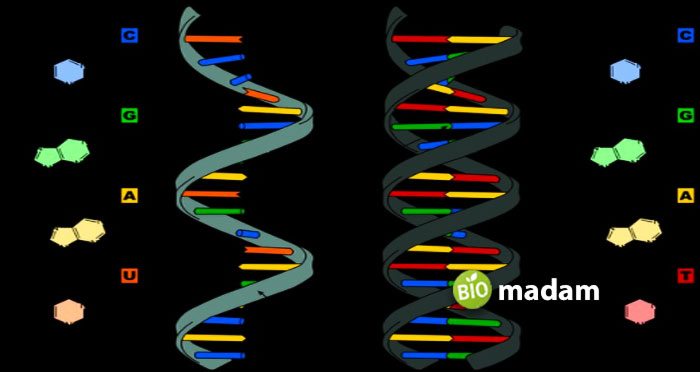
There are two basic nucleic acids present in the living systems – DNA (deoxyribonucleic acid) and RNA (ribonucleic acids). The importance of nucleic acids lies in the fact that they constitute the genetic material of living organisms, and without them, life cannot be imagined.
Agricultural Importance
The field of agriculture is actively revolving around organic compounds and their uses. This includes the concerns in the field for the maintenance of the balance of organic compounds and using them to solve agricultural problems.
A traditional example entails using organic compounds for replenishing the soil nutrients, which are often lost due to successive crop productions. Another use of organic compounds is in the use of synthetically prepared organic analogs of pesticides.
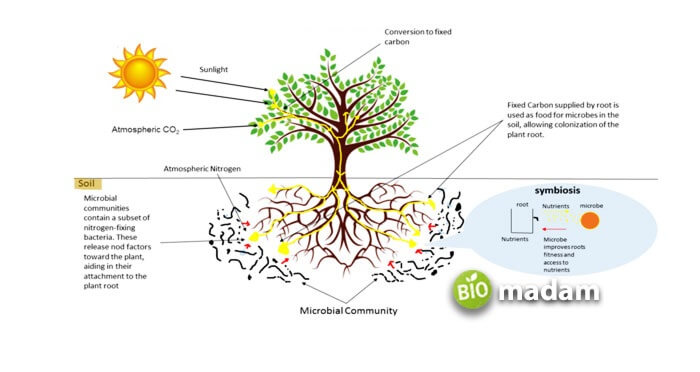
This is done not to impose as much damage to the soil as to chemical pesticides. Similarly, various herbicides and fungicides’ organic analogs have similar potential applications and advantages.
Additionally, there are two types of fertilizers used in the agriculture industry for soil nutrient maintenance. Amongst them, organic fertilizers give an edge over others in that they are more environment-friendly, posing minimum pollution risks for the soil and the plants.
Examples of organic fertilizers include urea, manure, and compost derived mainly from animal matter.
Importance in Pharmaceutical Industry
Various drugs are either themselves organic molecules or derivatives of them. They hold great importance in the pharmaceutical industry and sciences as they are extensively used for medicinal purposes.
Fuel Industry
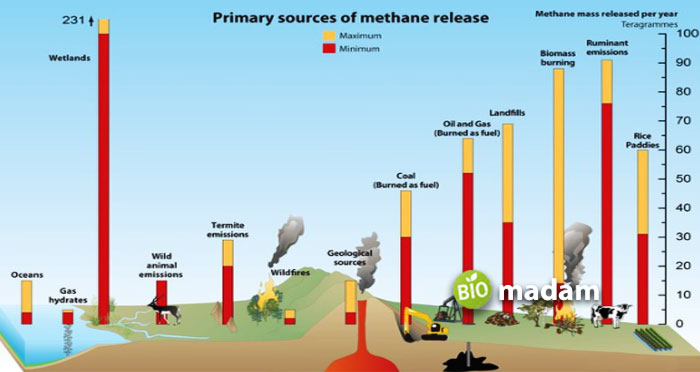
Organic compounds also hold the prime industry in the fuel industry. For example, methane is a black compound used as a fuel and for making various inks, and as a starting material for other compounds (methyl alcohol, formaldehyde, chloroform, etc.). Similarly, butane is another organic molecule whose liquid form is used as LPG fuel.
Importance in Everyday Life
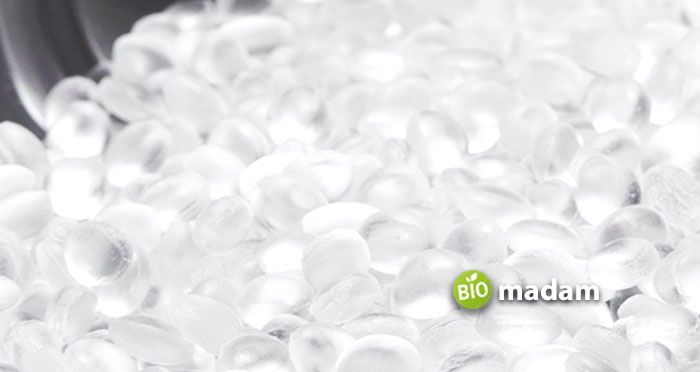
Things made from organic molecules utilizing the applications and principles of organic chemistry are all around us in our daily lives. For example, nylon, PVC, and polyethylene are important polymers made out of organic compounds. Also, soaps, detergents, and sanitizers are other examples of organic compounds used daily for cleaning and disinfection purposes.
Conclusion
Organic compounds are, thus, the building blocks of life and the backbone of countless products and processes that shape our daily existence. From the food we consume to the medicines that heal us, from the fuels that power our industries to the materials that construct our homes and cities, organic chemistry plays a pivotal role. Their significance extends far beyond the fields of biology and chemistry, flooding every aspect of our modern world. As our understanding of these remarkable molecules continues to deepen, we can expect even more remarkable advancements and innovations that will further improve our quality of life and drive human progress.

Jeannie has achieved her Master’s degree in science and technology and is further pursuing a Ph.D. She desires to provide you the validated knowledge about science, technology, and the environment through writing articles.

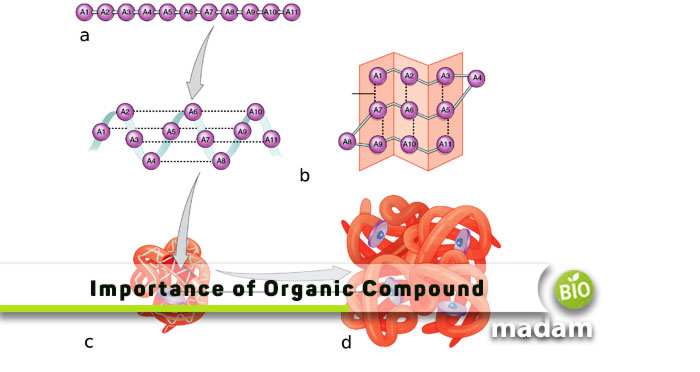
Hi, I learned a lot… I need to know when this was published for my reference in my research.
Hey, hope you’re doing great!
The article was published on 6th Dec’22.